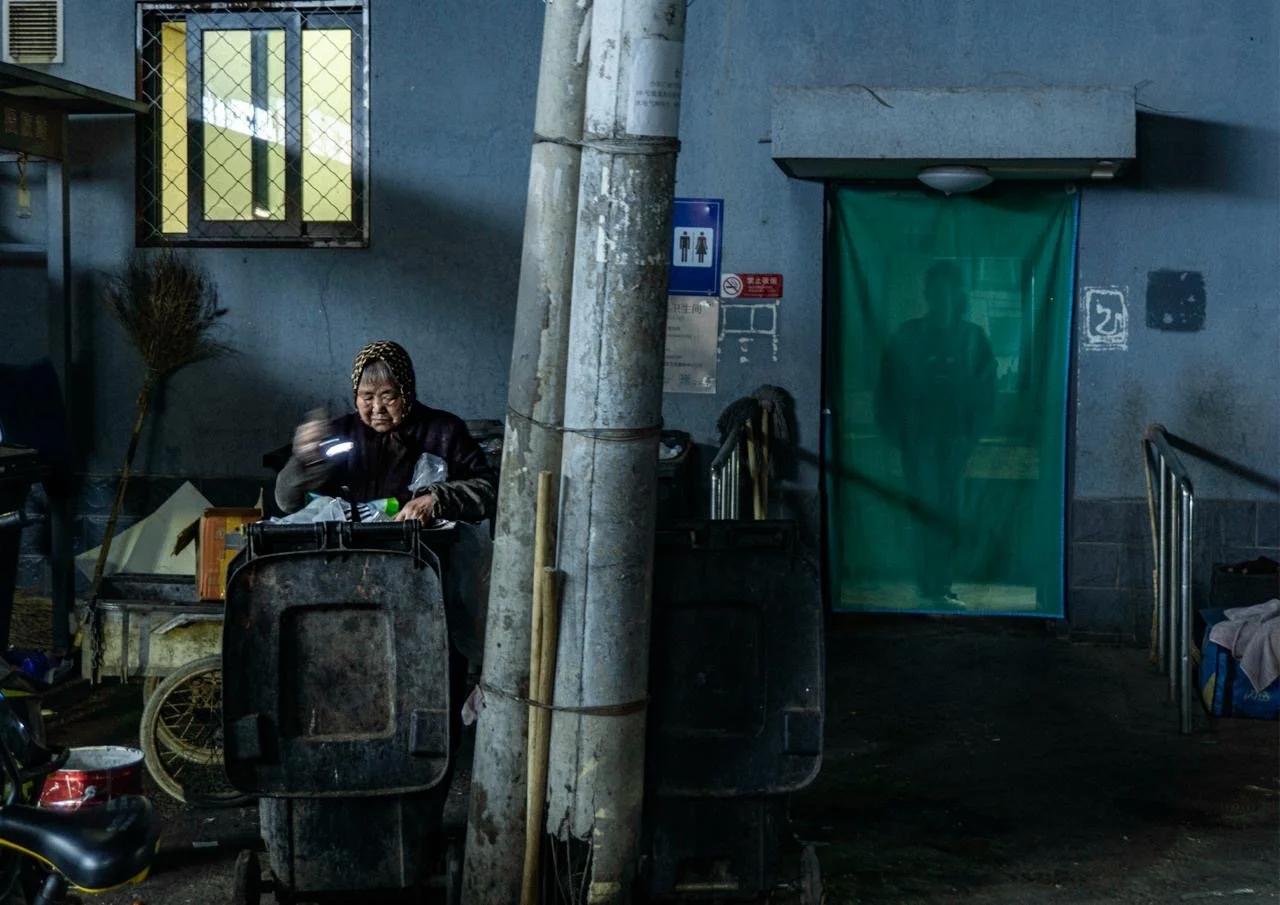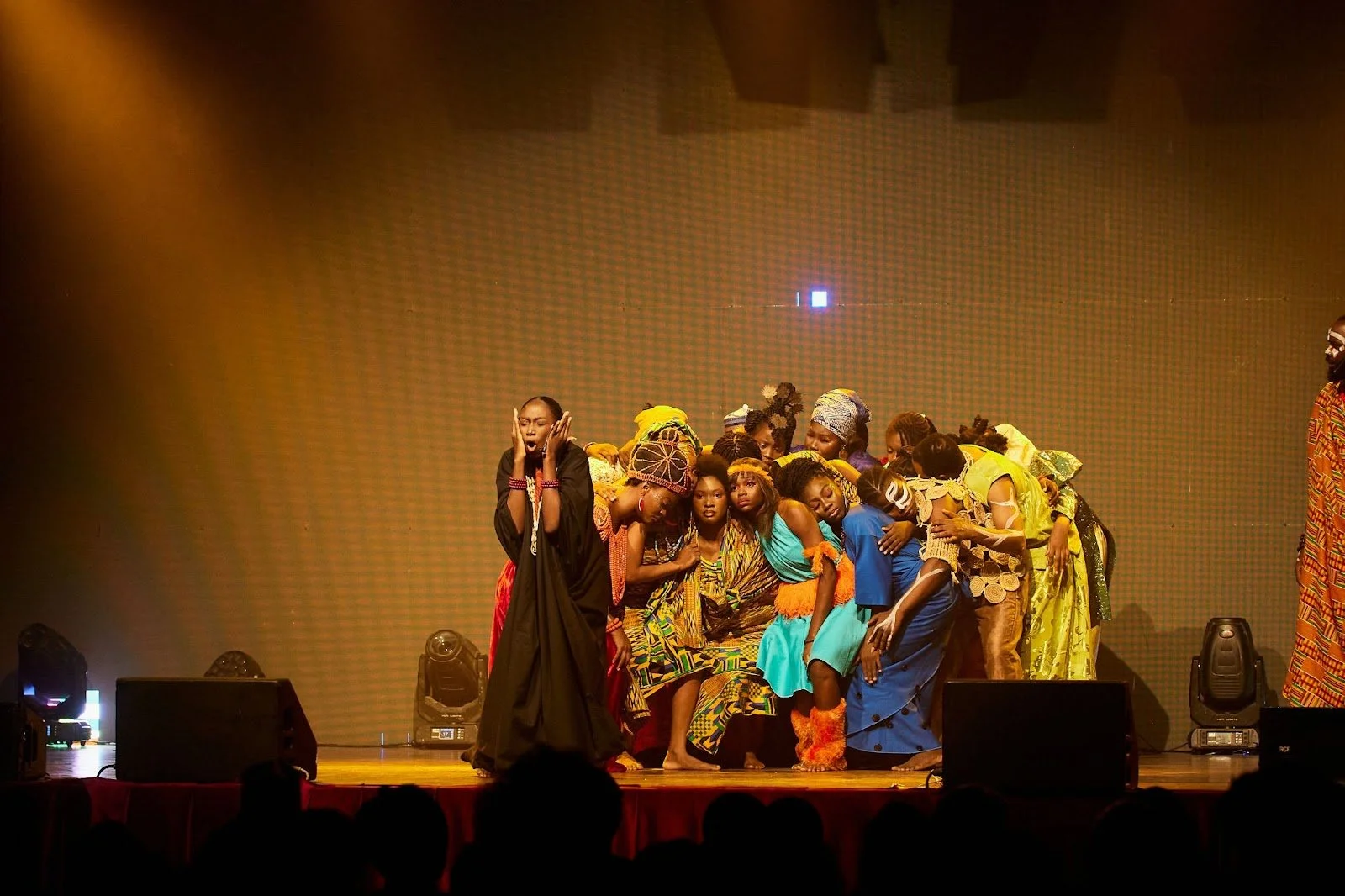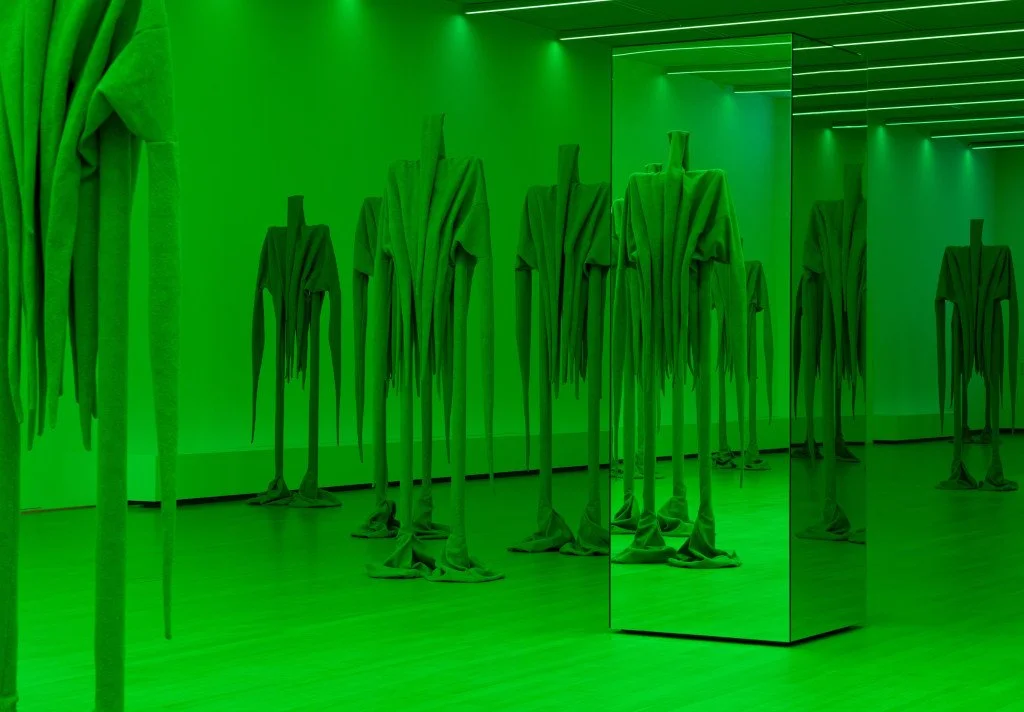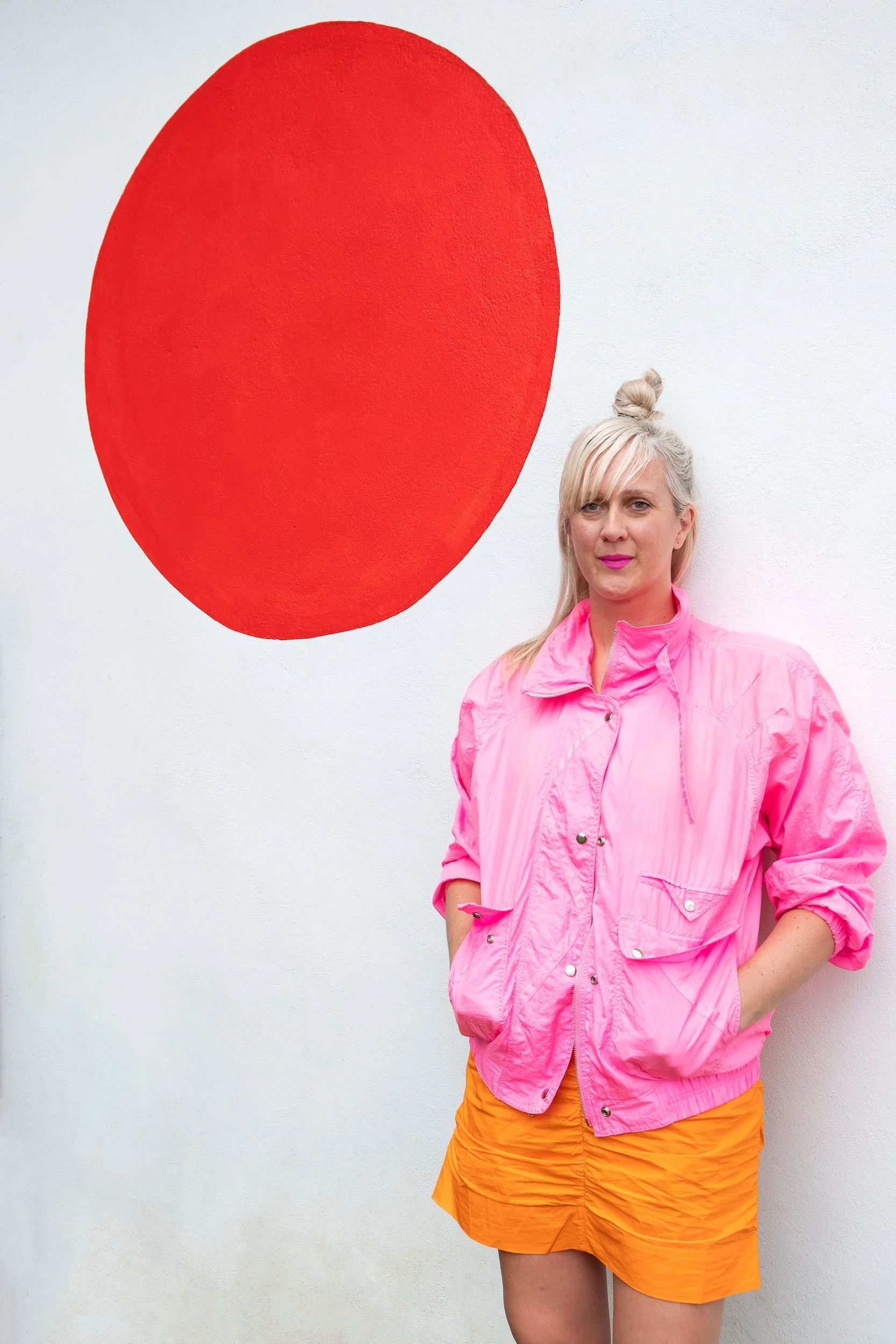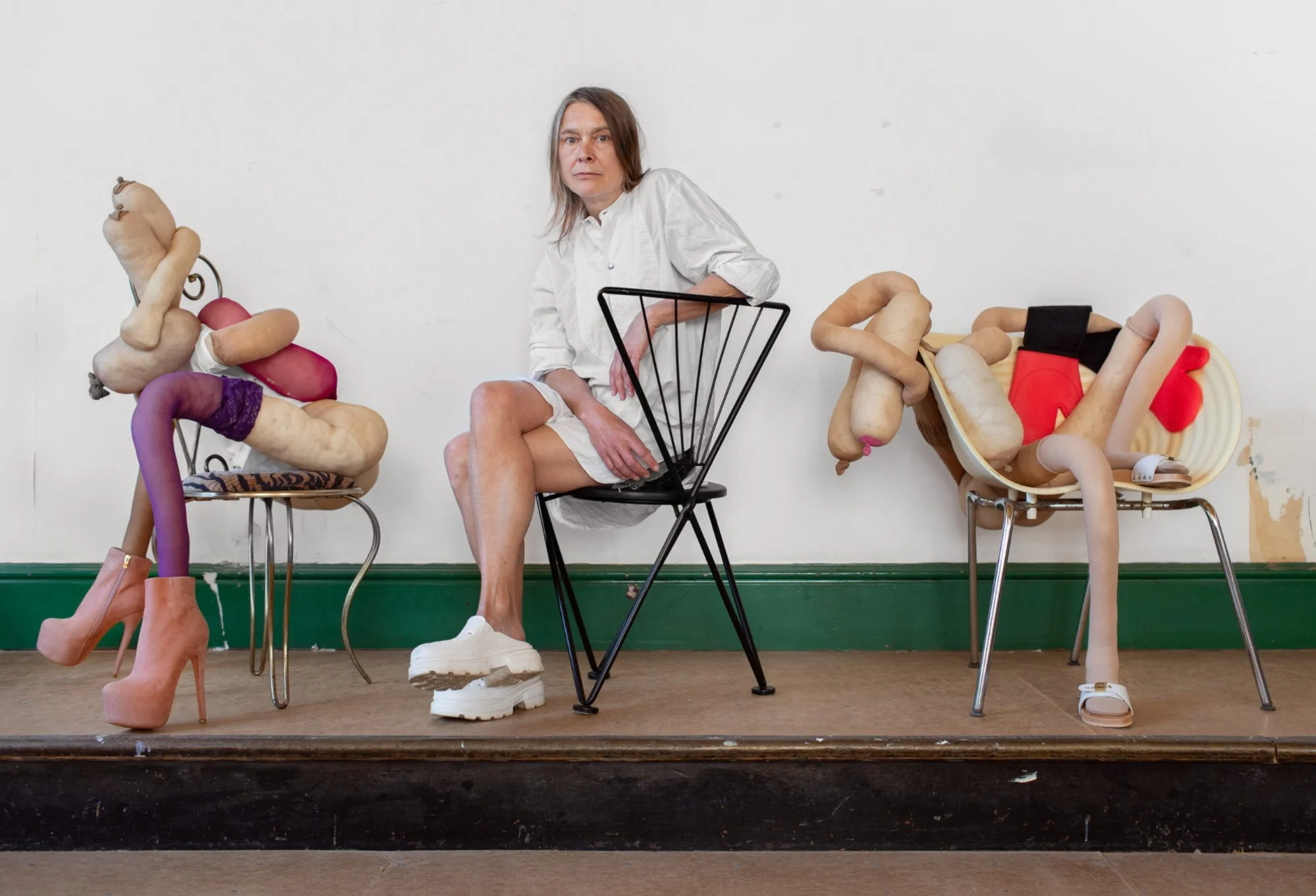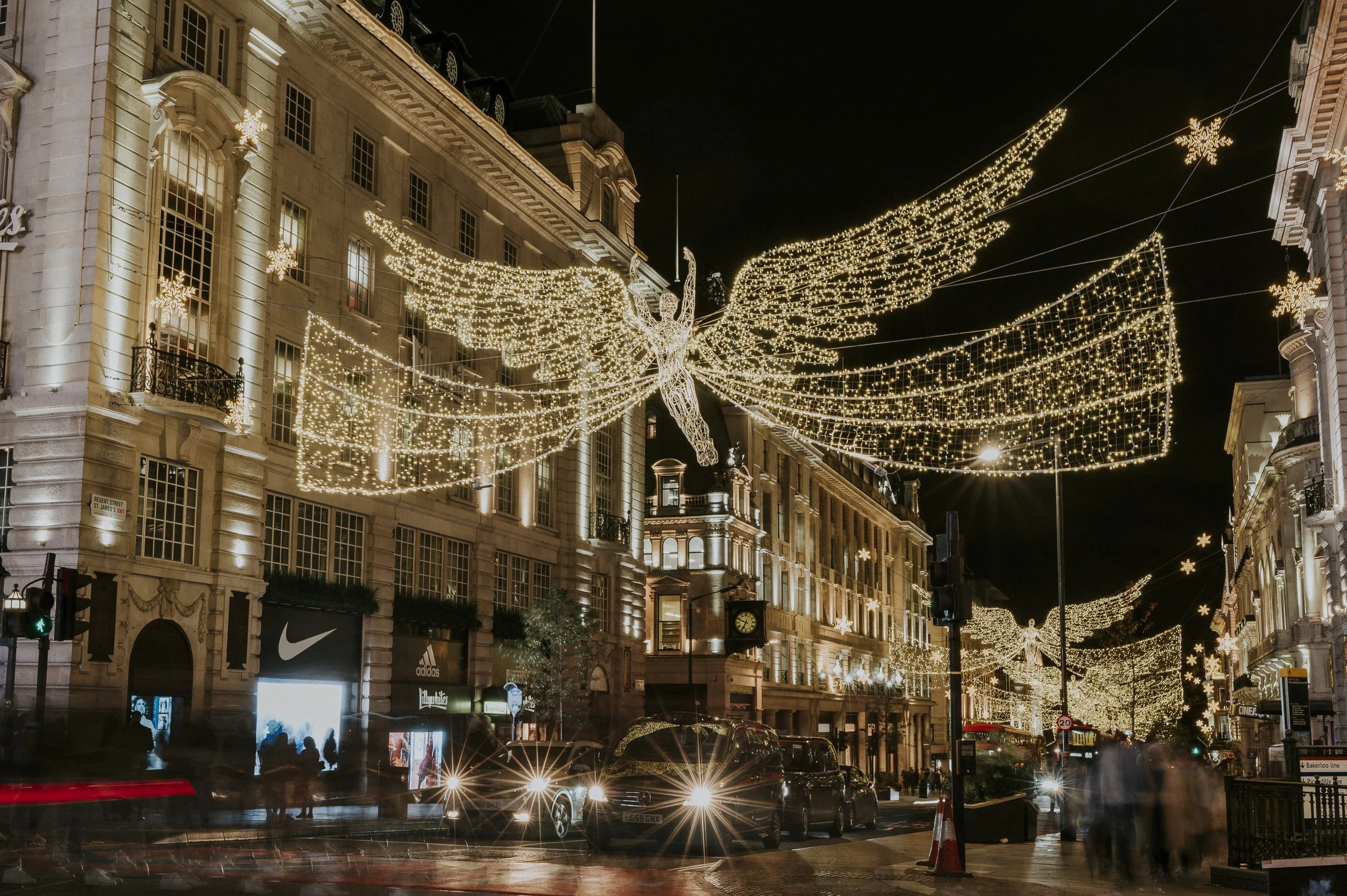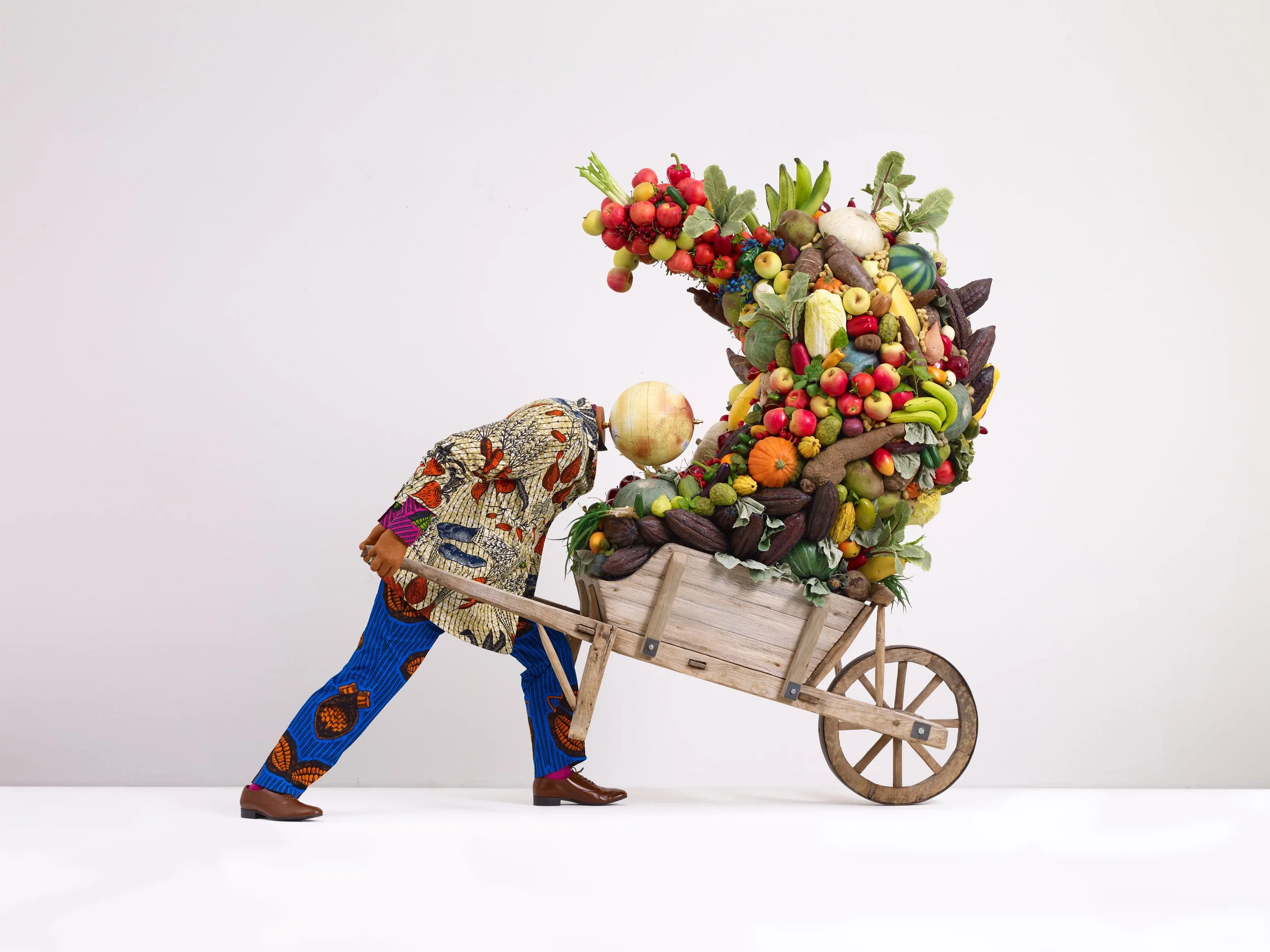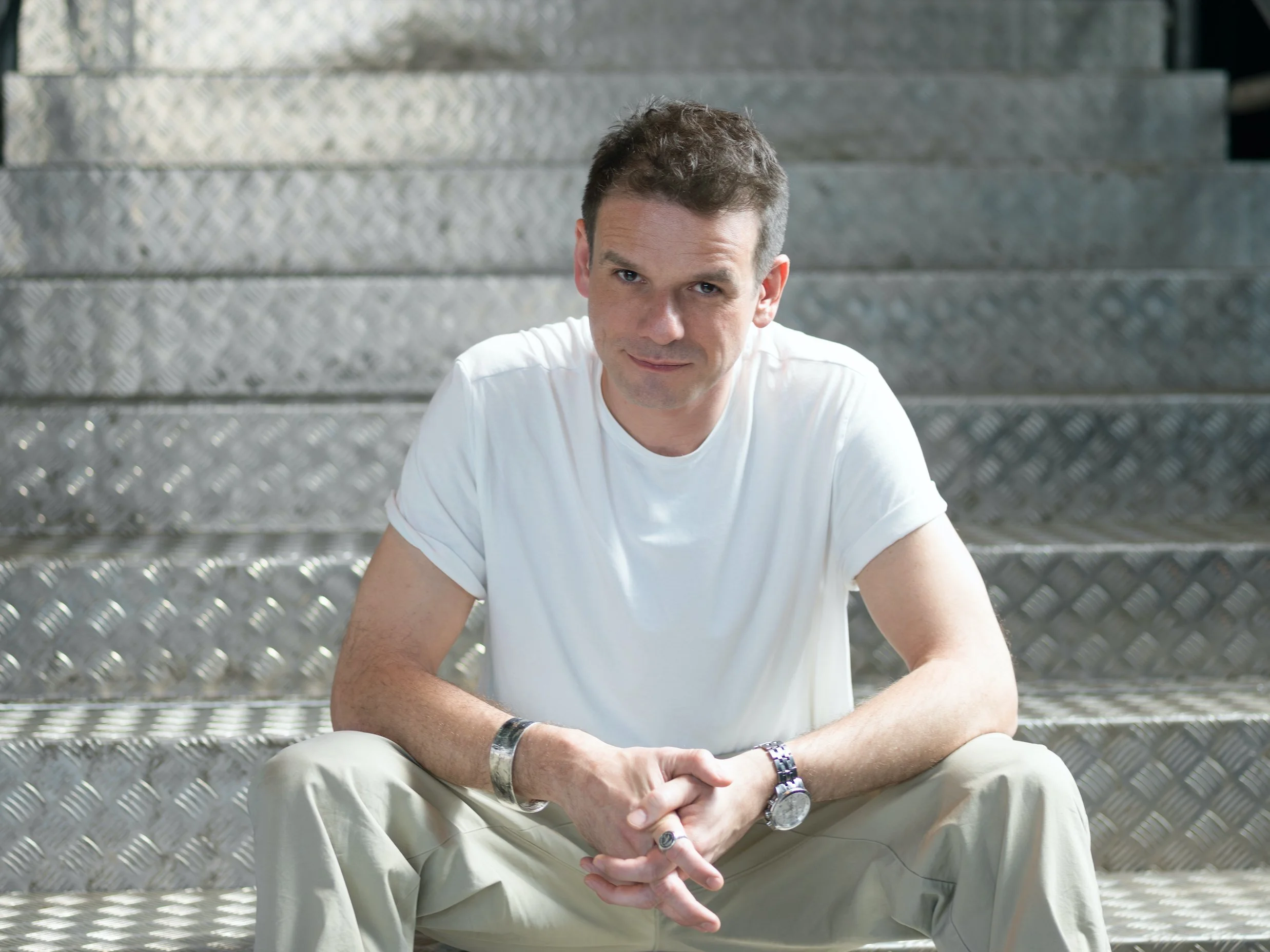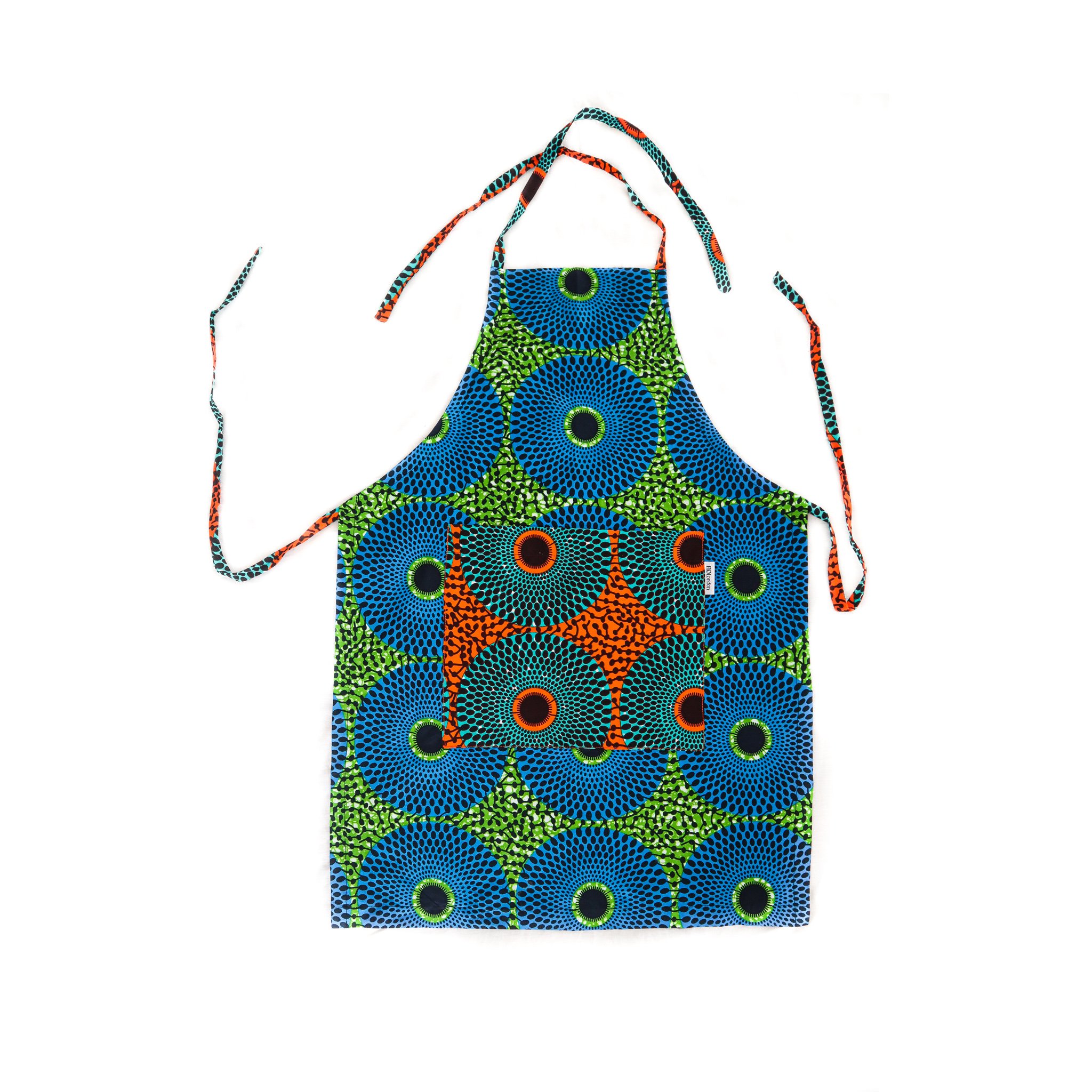Yoshimoto Nara at the Hayward Gallery review
This week, the Hayward Gallery has opened the touring exhibition of Yoshitomo Nara, expanding on the blockbuster shows previously held at the Guggenheim Museum Bilbao and the Museum Frieder Burda in Baden-Baden. The exhibition includes both early and more recent sculptures, with some works created as recently as last year.
Yoshitomo Nara rose to prominence in the 1990s during the global interest in Japanese pop culture. His characters emotionally expressive and deceptively simple characters have made him a cult figures becoming one of the best-selling contemporary artists in the global art market. His artworks consistently achieve high prices at major auction houses with his painting Knife Behind Back selling at Christie’s in 2019 for $25 million.
Yoshitomo Nara, Fire, 2009. Acrylic on wood, 90 x 90cm. Courtesy of the artist and Yuichi Kawasaki Collection.
His retrospective will be the first UK solo exhibition at a public art gallery by the leading Japanese artist. On display, through a career spanning four decades of work, are paintings, drawings and sculptures exploring themes of resistance, rebellion, isolation, freedom and spirituality. Fortunately for visitors there is an opportunity to view rarely seen works coming from private collections.
The exhibition begins in a room with Nara’s Installation of a shack-like house at its centre. My Drawing Room (2008) seems designed to reveal more about the artist, inviting us into his private world. The small room inside resembles the studio space in which Nara works. Its scale is small almost like a children’s playhouse with music blaring, his watch sitting on his desk with loos change and a work in progress, toys lining a shelf above the desk, a collection of small antique toys displayed in a cabinet on the outside of the house and piles of drawings scattered on the floor. The house appears frequently in his drawings where they symbolise the safety of childhood memories. It is a light, airy, happy place.
Installation view of Yoshitomo Nara. Photo: Mark Blower. Courtesy the artist and the Hayward Gallery.
Musical references often feature in Nara’s work, from depictions of bands like the Ramones to quotes from song lyrics outside the house in the gallery is a large wall with a selection of record sleeves from Nara’s personal collection that he finds particularly inspiring.
Nara’s extended art education in Koln, Germany has influenced his work. It was a time he was isolated due to language and cultural differences. He has connected this experience with memories drawn from his early childhood which was spent mostly alone or in the company of animalsand is perhaps the reason Nara has created a world populated by these portraits of solo children that stare back at you in the most striking ways. The innocent eyes of these children have a lot say with a varied emotional palette ranging from defiance, sadness, grumpiness and mischievousness to serenity. The emotions these simple paintings emanate are impressive. There is a quiet intensity that can only be fully appreciated up close. Many with a glint in their eye, quite literally coming from a light sprinkle of glitter.
Installation view of Yoshitomo Nara. Missing in Action, 1999. Photo: Mark Blower. Courtesy the artist and the Hayward Gallery.
The artist's life experiences are intrinsically linked to his output through emotions, core themes and motifs. His enduring support for peace, and his deep interest in sharing ideas about home, community, the natural environment. Some of the work on display was made in the aftermath of the 2011 nuclear disaster in which an earthquake and tsunami damaged the Fukushima Daiichi Nuclear Power Plant in Japan, causing the radioactive contamination of the surrounding area. Nara was deeply affected by these events and organised art workshops for some of the displaced children.
Under the Hazy Sky 2012 is a gentle painting yet the thick, yellowy white background seems to envelope the character in a toxic fog and the presence of tiny seedlings held out by the character's thin arms represent peace and hope for the future. Some pieces are straight forward and simple with writing “Stop the bombs’’ “No Nukes” or aptly “For the democracy to work, people need easy access to independent diverse sources of news and information”.
Installation view of Yoshitomo Nara. Photo: Mark Blower. Courtesy the artist and the Hayward Gallery.
Dead Flower (2020) features blood dripping from the girl's mouth and menacing, differently coloured eyes. A new remastered version of this painting is on display as he was unable to include his original painting in the exhibition. Miss Margaret 2016 has a complex expression that combines sadness, anger, and serenity and in her eyes, a psychedelic pattern of swirling colours can be seen. A selection of black and white drawings using a thick black marker and two of his sculptural works of unglazed white clay sit in the same room. Serene heads of a child’s face and closed eyes exuding calm introspection and sense of peace. His paintings reflect good and bad versions of the innermost parts of himself, and hopefully viewers will also be able to see parts of themselves reflected in the paintings.
Nara was very involved it the hanging of the exhibition and upstairs has created a bustling corridor filled with many smaller drawings like a busy street before entering spacious quiet calm room with a previously unseen sculpture at its centre. There are several paintings where the characters are partially submerged in water, and it is not always easy to interpret the meaning behind it. The very striking sculpture Fountain of Life (2001/2014/2022) is a giant teacup occupied by a cluster of childlike heads with their downcast eyes running with continuous tears replenishing the cup below. The wall label has a long-convoluted explanation but coming in at this moment in history it can be seen as a deep sadness of the state the world is in.
Installation view of Yoshitomo Nara. Photo: Mark Blower. Courtesy the artist and the Hayward Gallery.
Though there are interpretations of the meaning of his work in the gallery I think in the end what the visitor will see, and feel will be a personal experience with each work as they look into their ever-expressive eyes. Overall, it is a wonderful opportunity to see a grand selection of work by one of the most influential and internationally recognised Japanese artists of today.
Location: Hayward Gallery, Southbank Centre, Belvedere Road, London SE1 8XX Date: 12 June – 31 August 2025. Price: £20, Members Free.
https://www.southbankcentre.co.uk/whats-on/yoshitomo-nara
Review by Natascha Milsom








